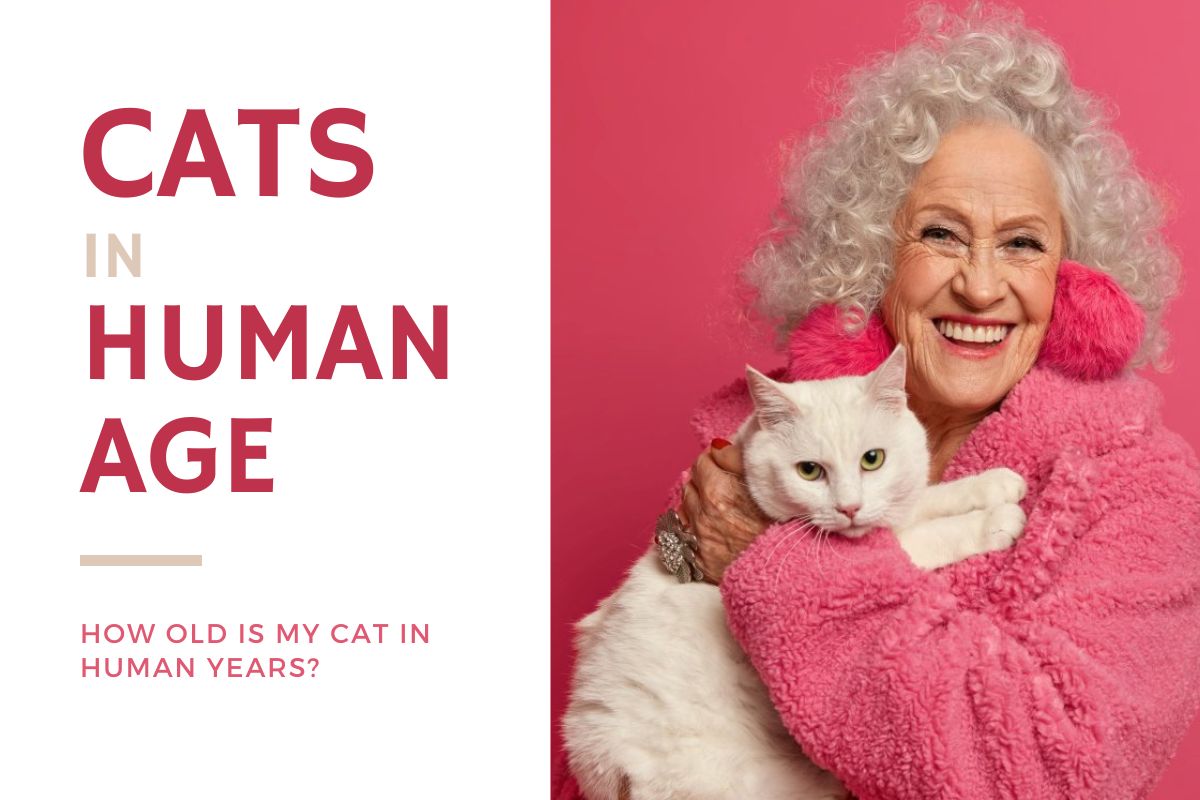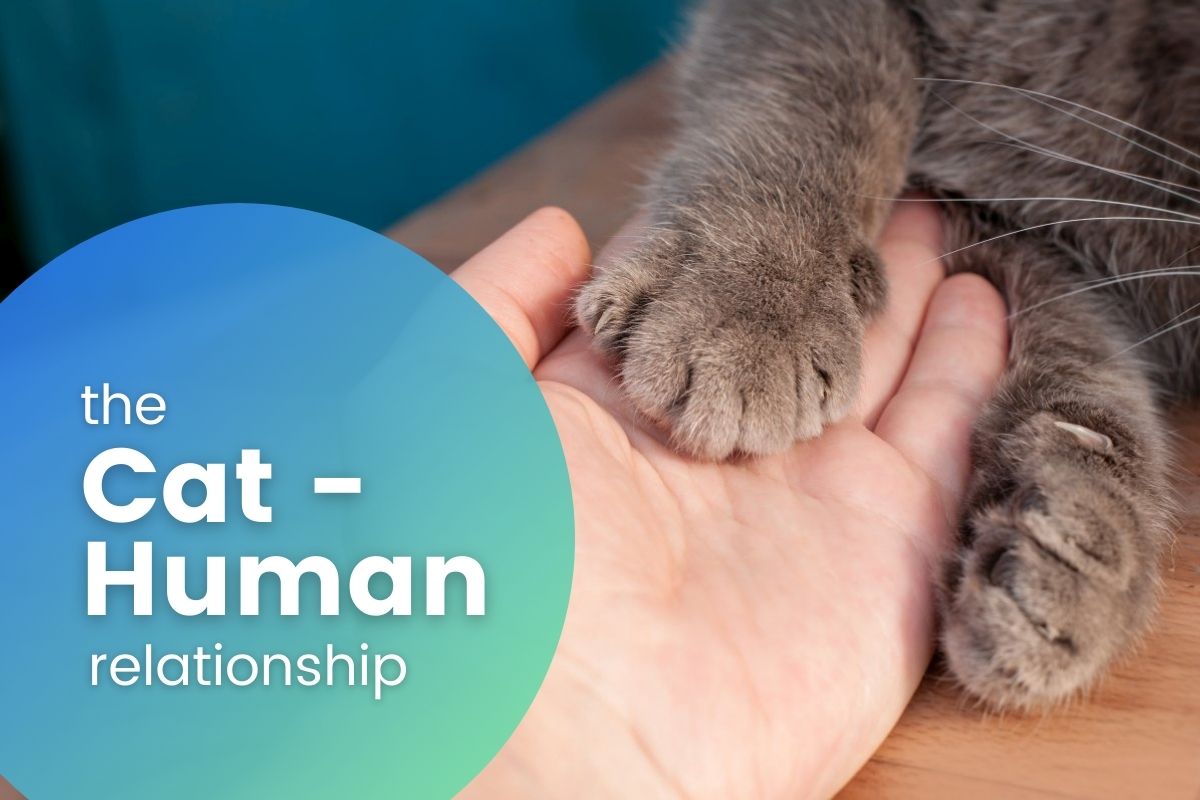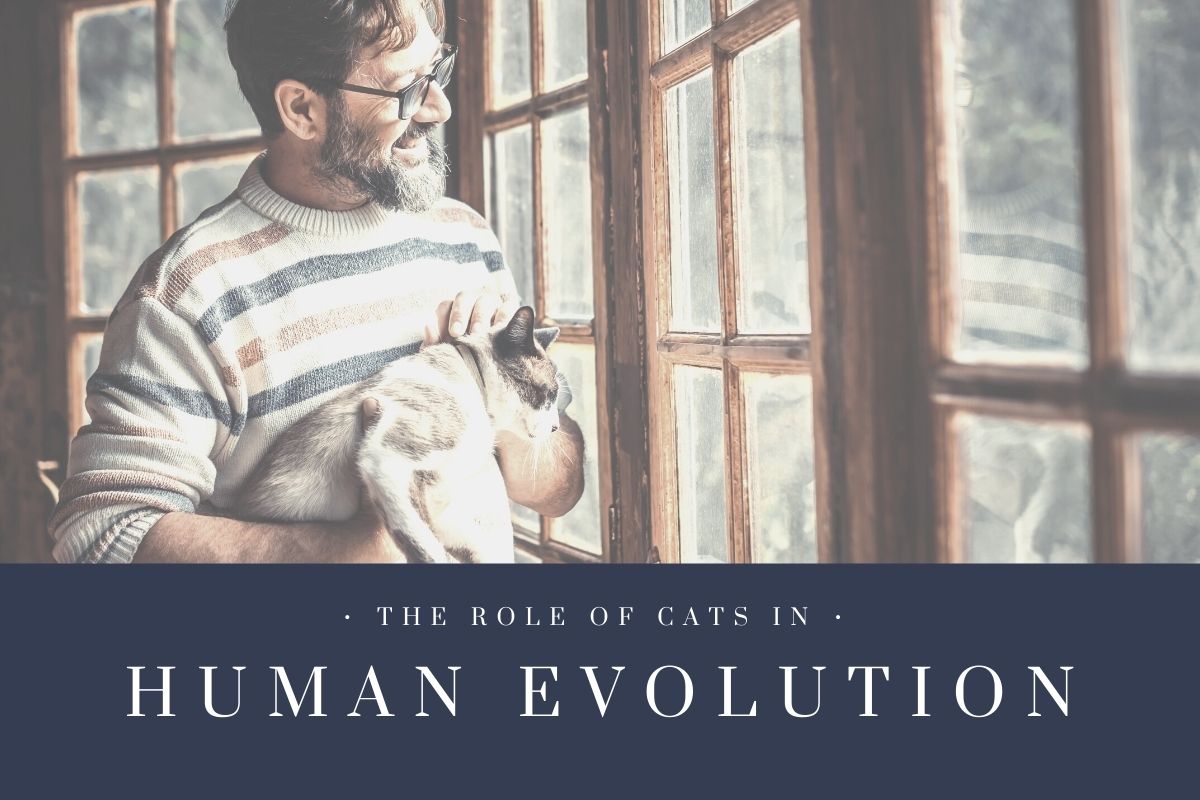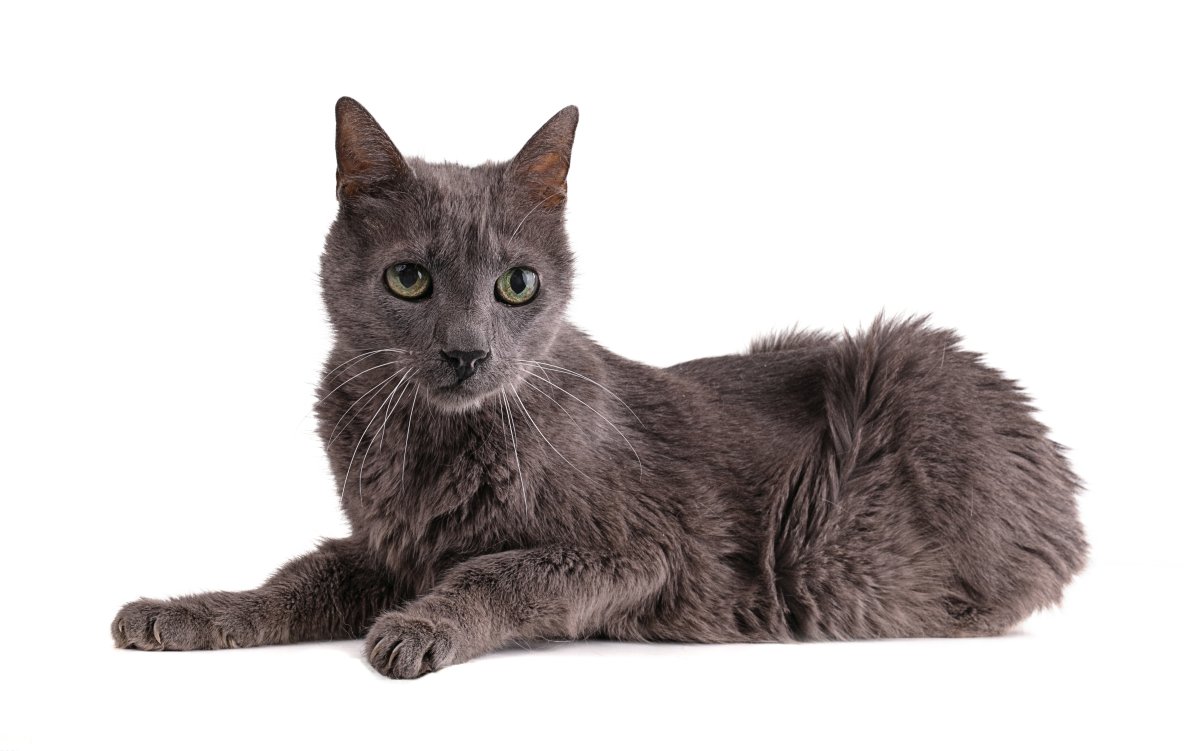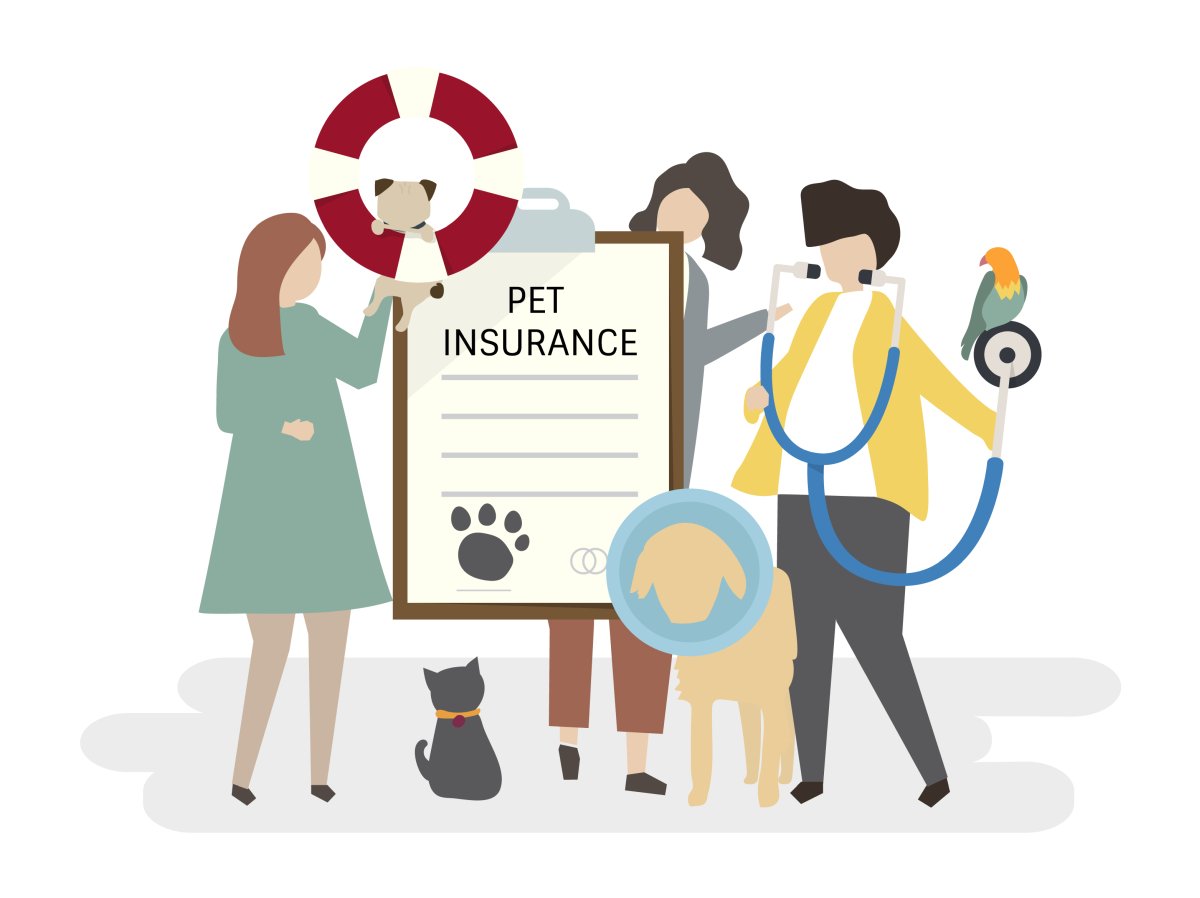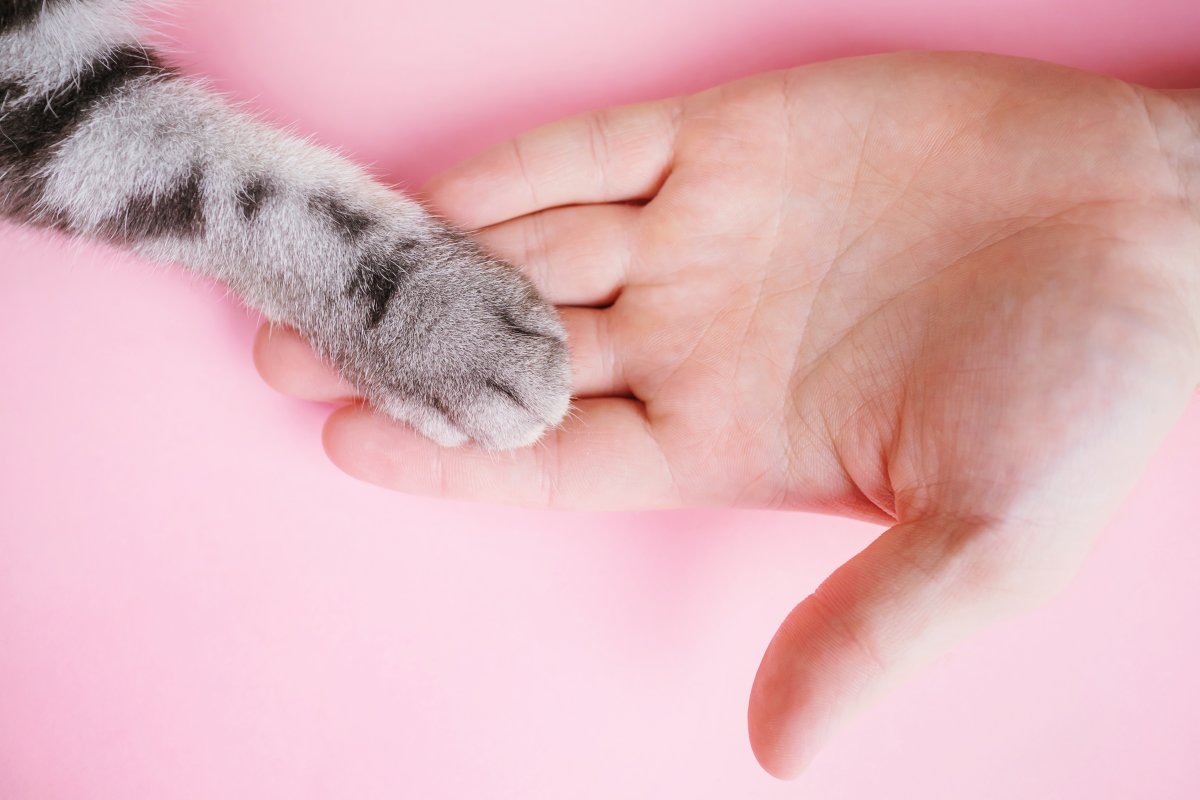Have you ever thought about how old your cat is in terms of human years? A cat that lives outside has a lower lifespan than a house cat. While most cats live for roughly 10-15 years, specific varieties age slower or quicker. This article will give you a great indication of your cat’s age.
If your cat was adopted or found as a feral, you might rely on other cues to determine its age. The following are broad recommendations, but these traits will differ amongst cats based on their condition, primary care, and environment. Visit a veterinarian for the best advice.
How to Calculate Feline Age in Human Years?
It is widely stated that one human year equals seven cat years, and it is an attempt to illustrate that cats age faster than humans and do not age proportionally.
Cats mature faster than people in the early stages of their life, and when they enter maturity, their aging rate slows. It is impossible to make a serial connection between a cat’s age and its human version. Still, the common notion is that a cat matures 15 human years in its first year of life.
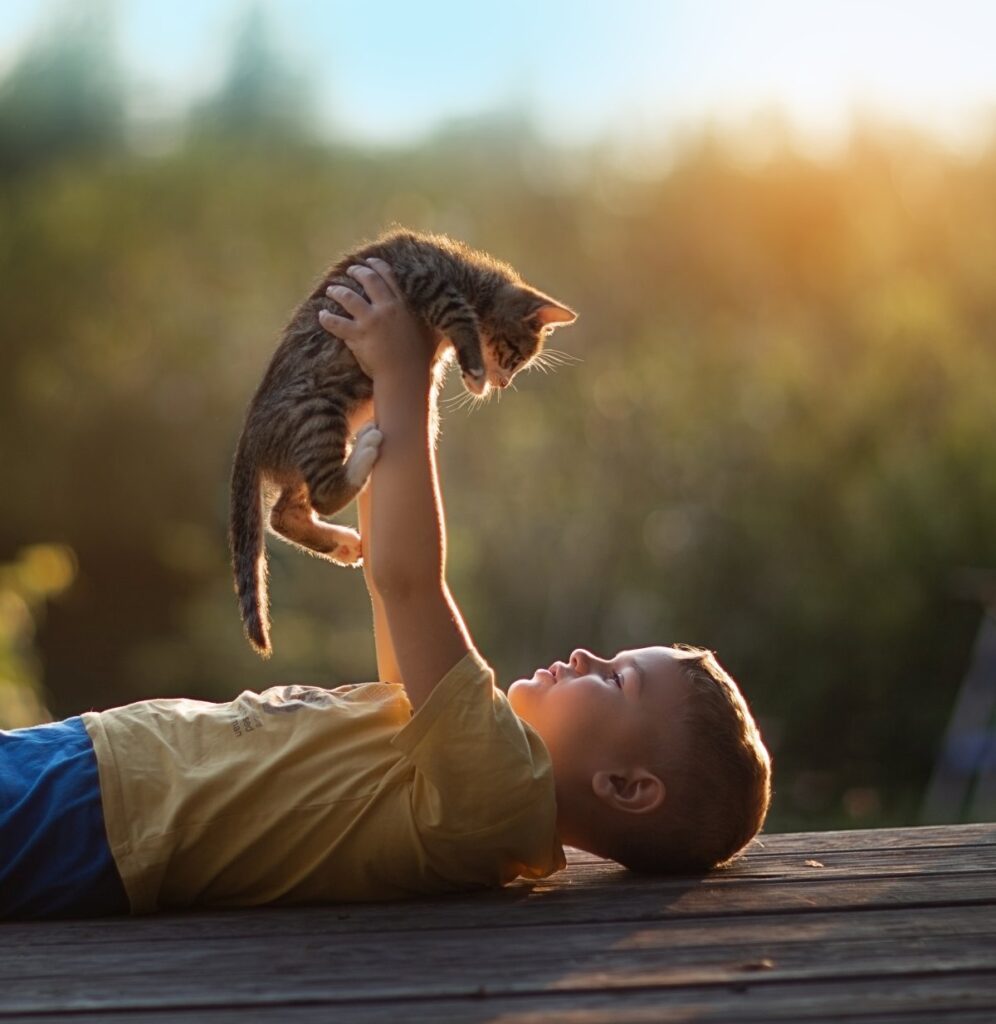
Cats go through six life stages:
- Kitten – a period in which the baby cat (0–6 months) grows swiftly and is generally not ready to mate.
- Junior – a period in which the cat (7 months–2 years) achieves a standard size and understands existence and how to endure it.
- Prime – the cat (3–6 years) is structurally and behaviorally mature and is still generally fit and strong, looking smooth and shiny and trying to make the most of time on earth
- Mature – the cat (7–10 years) is what we consider older, comparable to humans in their forties to fifties
- Senior – takes the cat (11–14 years) up to the substitute of almost 70 human years.
- Old – many cats (15 years and over) do make it past, some without displaying any evidence of being so old.
Estimating the Age of a Cat
Even if you don’t know when your furry companion was born, you can still estimate their age with some precision. The condition of your cat’s dentition, fur, muscular strength, and vision all provide clues as to their age.
Using the information provided below, you may determine your cat’s life stage and then venture a guess as to how old your feline companion is.
❖ Cat’s Teeth
When cats are 4 months old, they acquire their first regular dentures. If the cat’s fangs are white, it’s probably approximately a year old. A more yellow tint indicates a cat 1 to 2 years old, whereas plaque development or tooth loss implies an elder cat.
❖ Body Condition
Younger mature cats are more considerable, healthier, and more bulked up. However, as cats age, they frequently lose fitness level, making it easier to feel the bones of their hip and spine when running your fingers down their back.
❖ Eye Tears and Infections
As cats grow, their eyes may change their color and appear clouded. Many factors may be the cause, such as the moist atmosphere in which cats are often housed, which causes their eyes to weep more frequently, or an illness. Your cat may be perfectly healthy, although it has this kind of cloudiness surrounding its eyes. But what you are witnessing could result from old age hitting them.
❖ Coat Color
Cats do not develop grey whiskers as canines do, but their vivid colors may diminish with time. It is mainly the case for very dark colors. Sun exposure can lead to changes in the color of a cat’s fur at an early age. Actual changes in coat color, rather than progressive fading, may signal a biological condition that a veterinarian should handle.
❖ Joint Disease
Arthritis, or loss of movement, is frequent in elderly cats. Even though most rheumatic cats may not become unduly lame, they may have trouble accessing litter trays, dishes, and other items, wildly if they must leap or climb steps to reach them. Cats suffering from chronic pain or joint problems may clean less and are not likely to appreciate a stroke on the behind or rear.

Increasing My Cat’s Life Expectancy
You can do some simple things to assist your cat in living a longer life.
❖ Keep Them Inside At Nighttime
The chances of your cat getting hit by a car or fighting with another cat are greater during nighttime, so we suggest keeping them inside during the night. Bringing your cat buddy to the veterinarian for a check-up can allow you to detect any health problems earlier and cure them effectively.
❖ Have Them Immunized
Ensuring your cat has all of their immunizations updated can safeguard them from serious illnesses that might reduce their lifespan.
❖ Have Them Sterilized
De-sexed cats enjoy longer lives because they are less likely to catch illnesses through breeding. They are much less prone to wander far from the house, reducing the risk of road accidents and cat battles.
❖ Feed a Nutritious Diet
Ensure your cat consumes a balanced cat diet appropriate for their ages, as it will provide all the nutrition they require to ensure long life. Many cat treats might be heavy in carbohydrates and lead them to gain weight.
❖ Promote Activity
Whether or not your cat goes outside, try to take extra time every day urging them to engage so they can receive some activity and stay fit and healthy.
You’ll successfully establish your cat’s age and supply them with all they need to prosper throughout this period of their life if you follow these guidelines.

